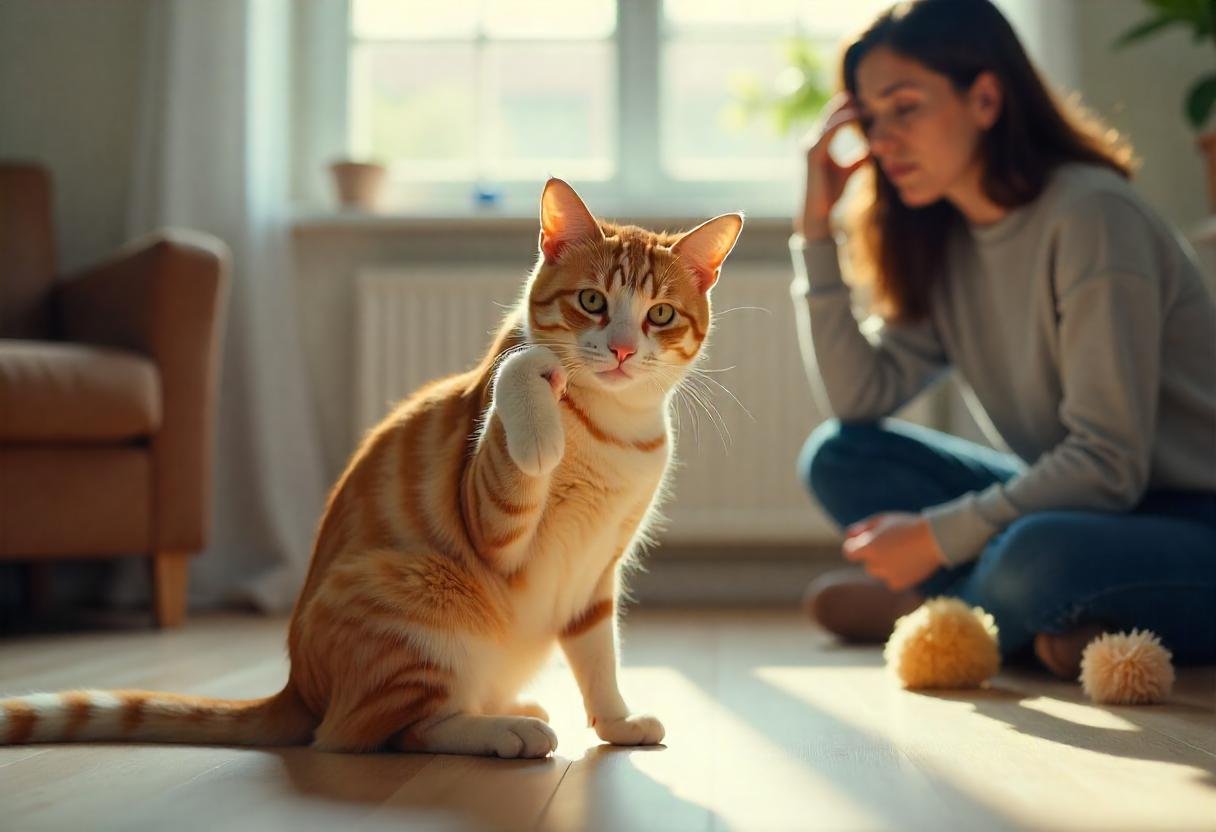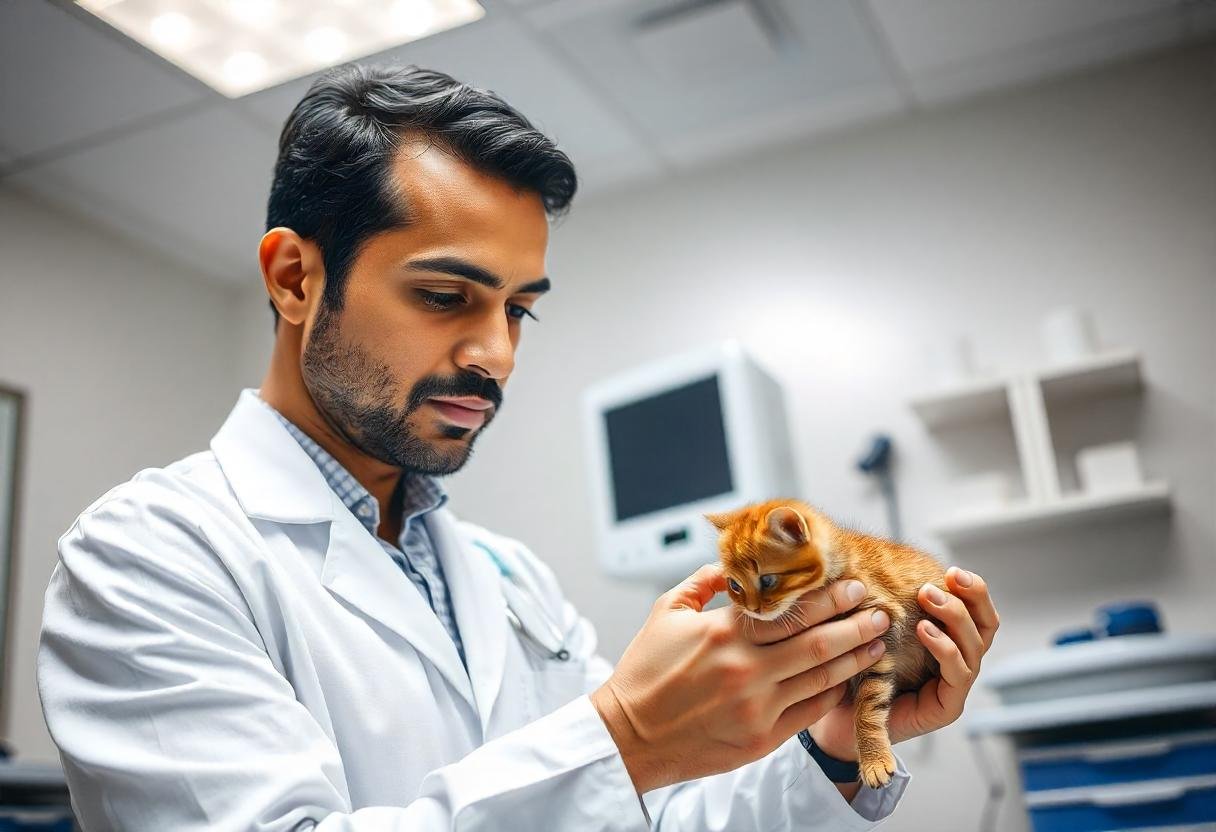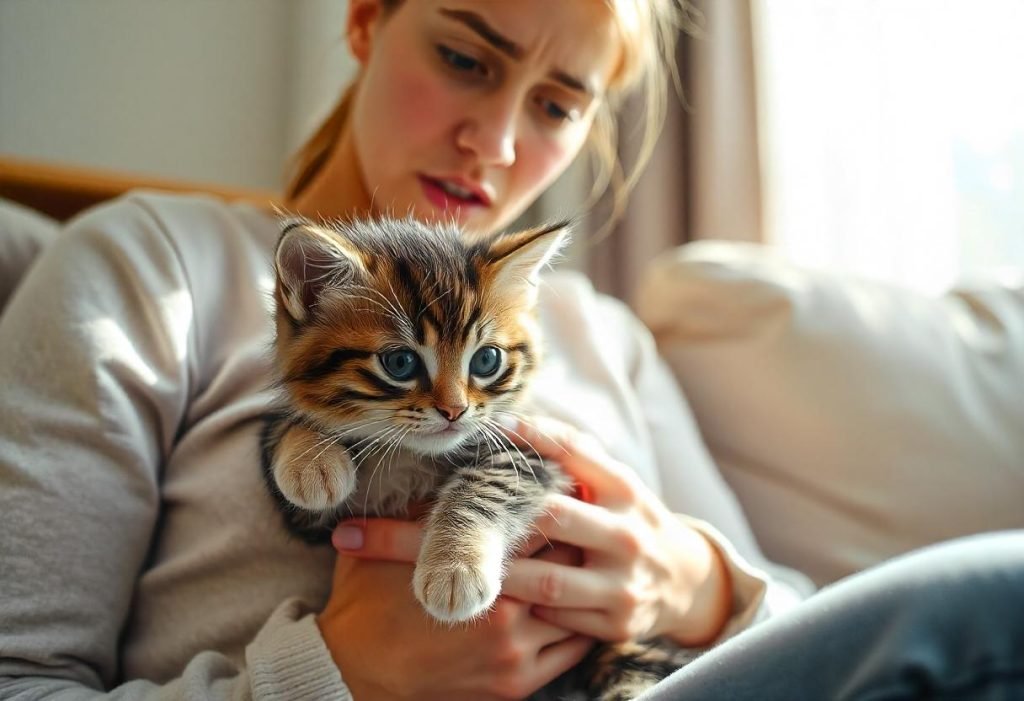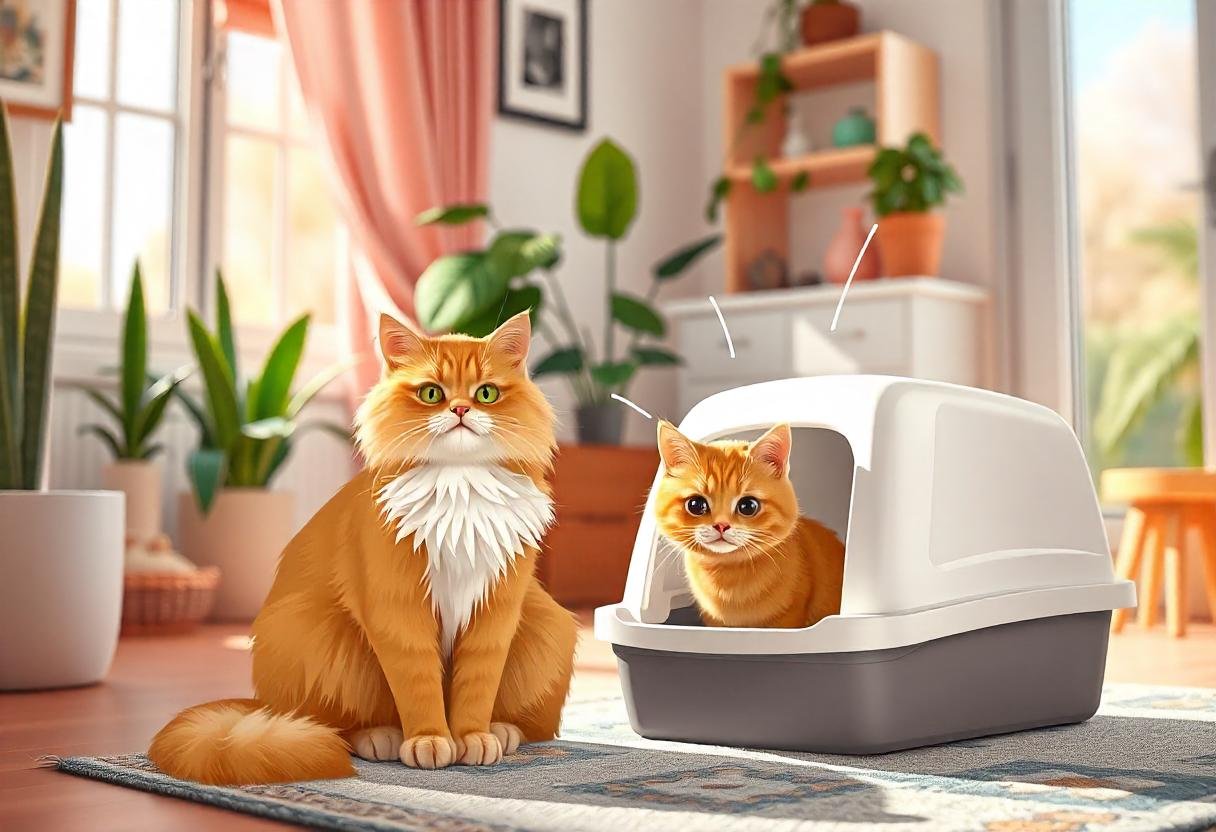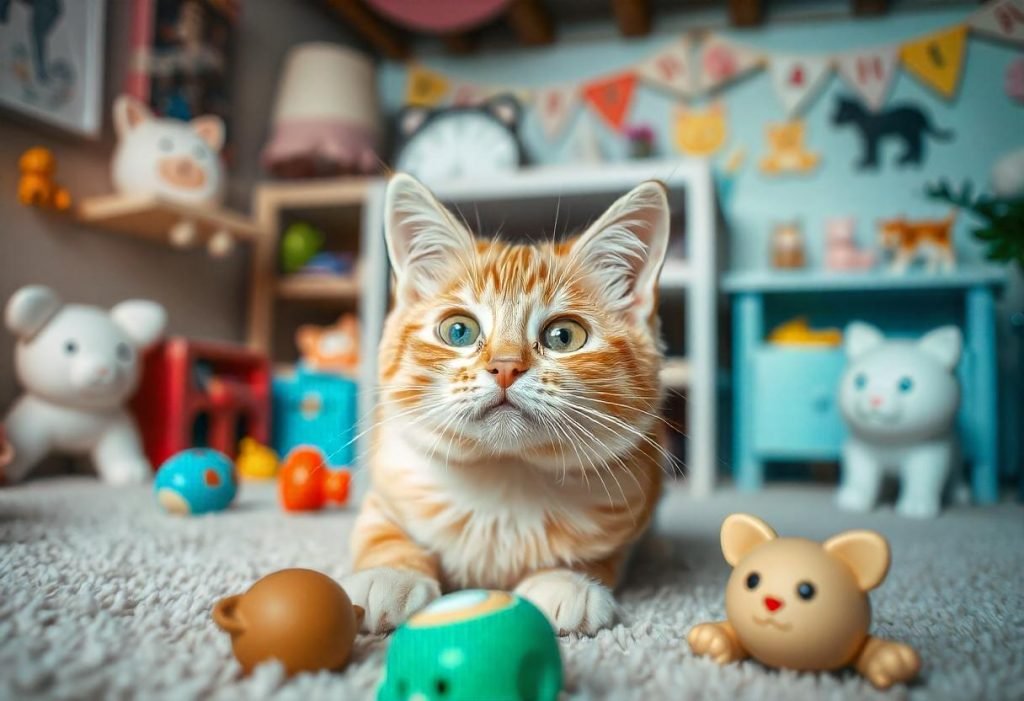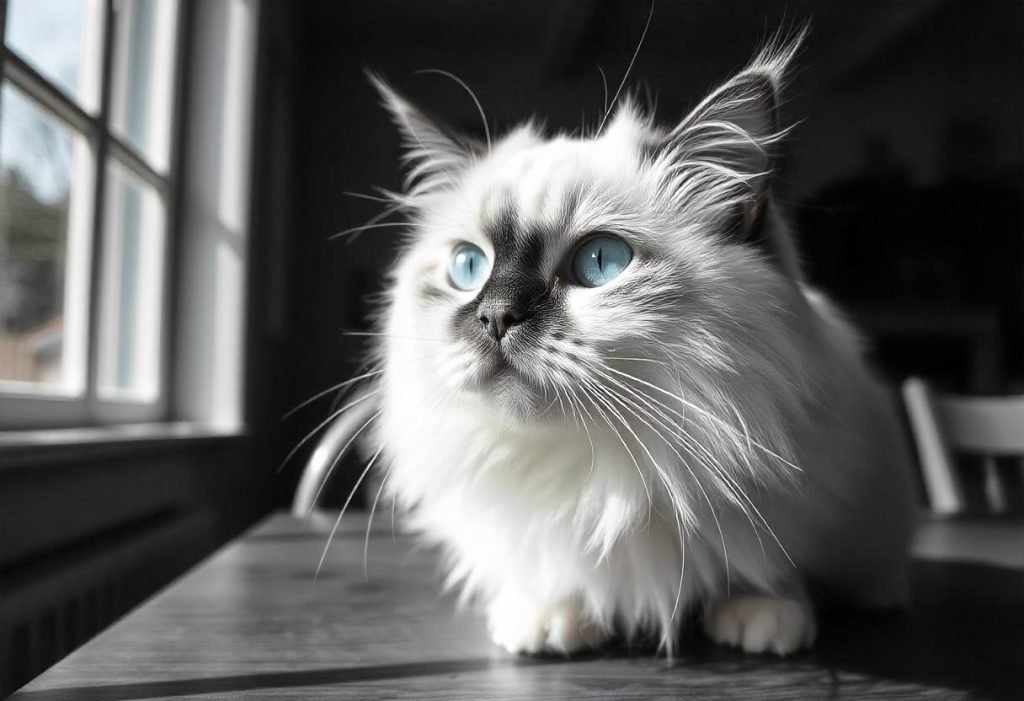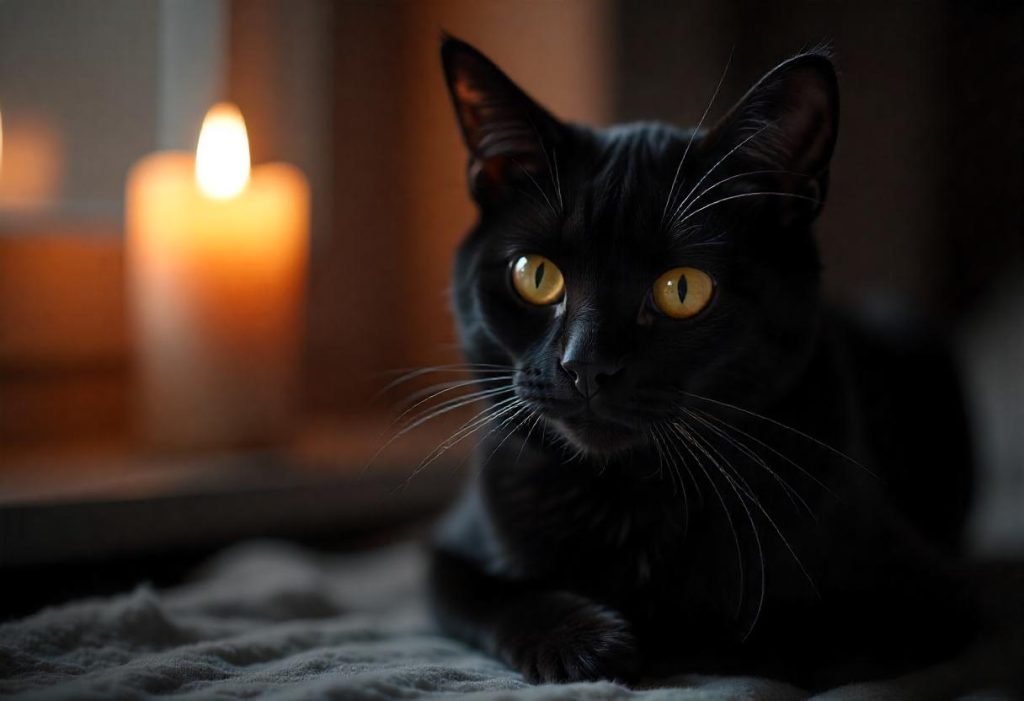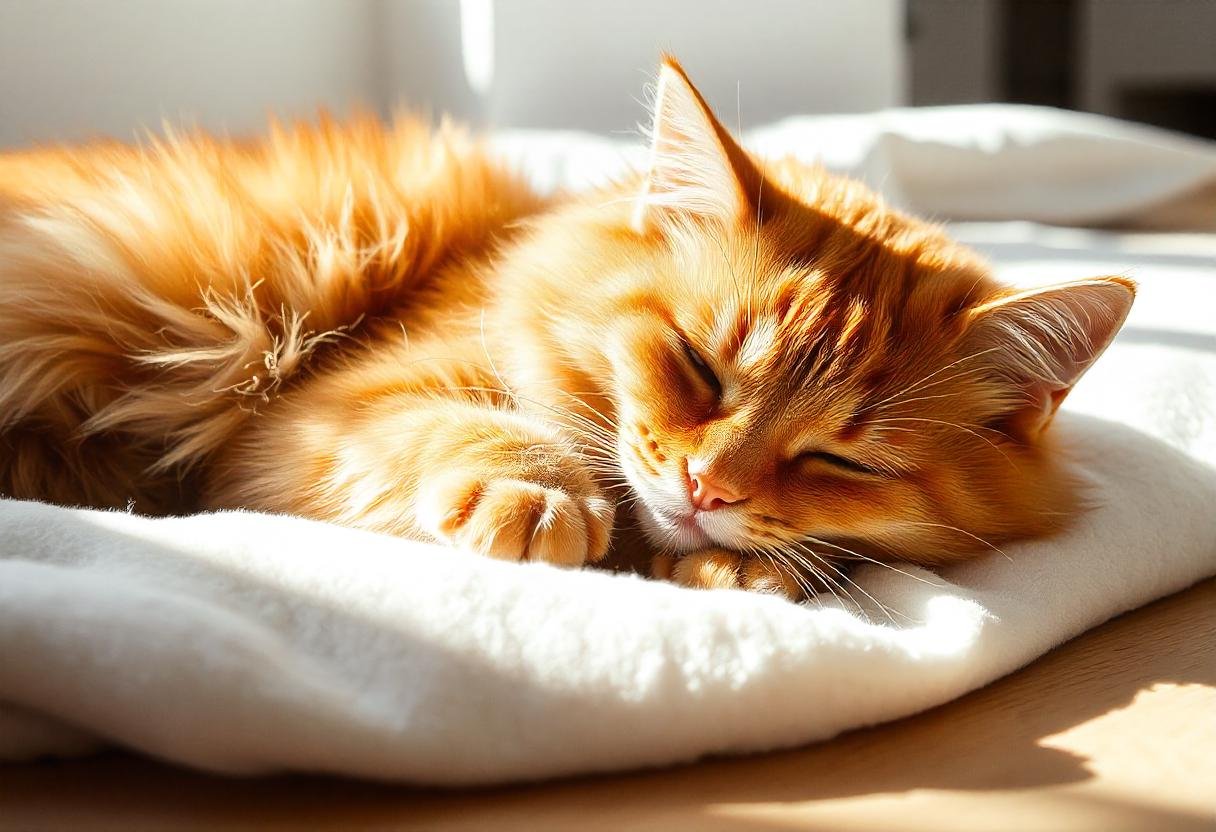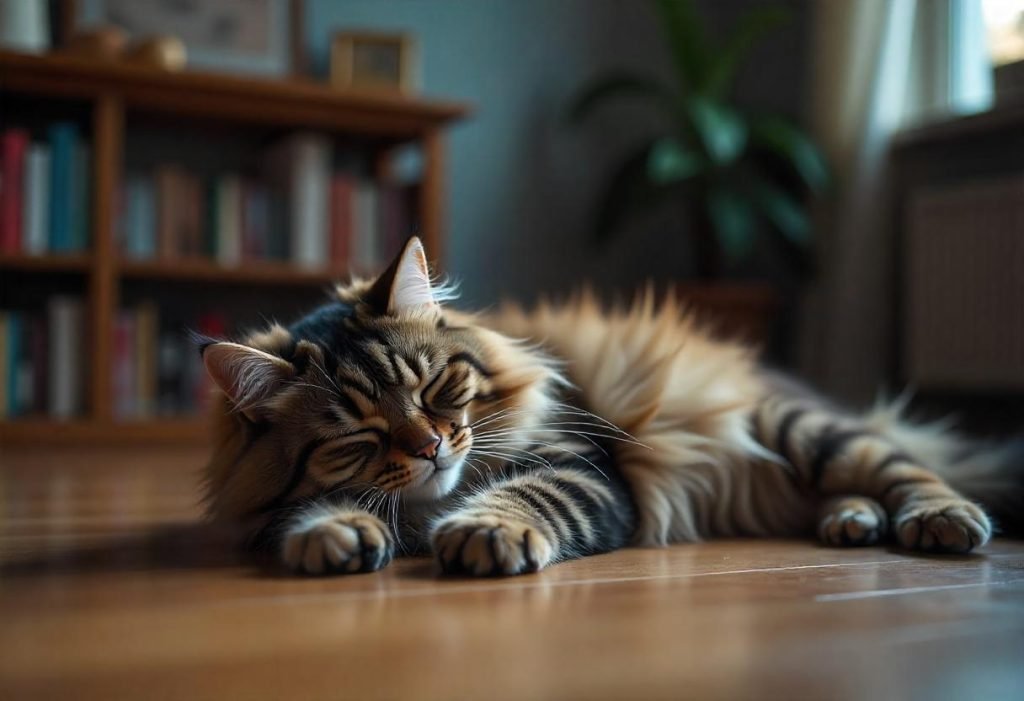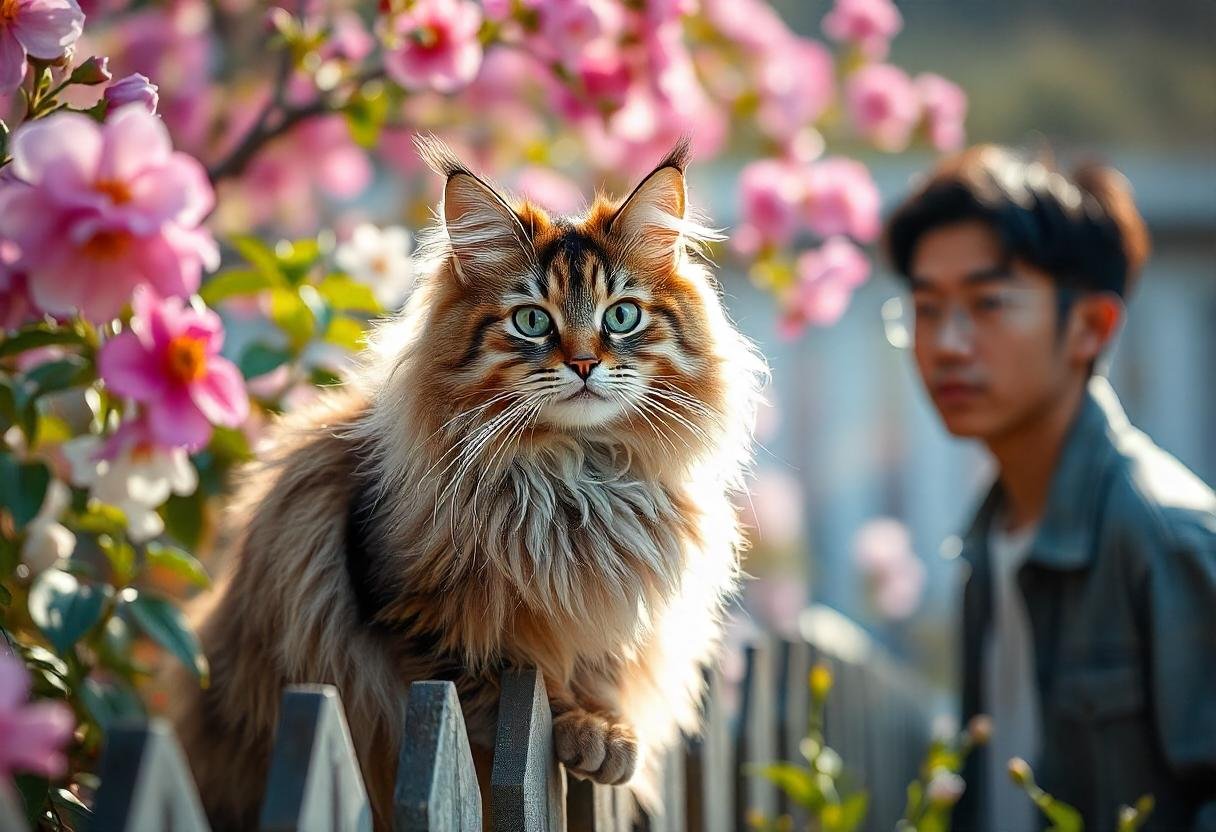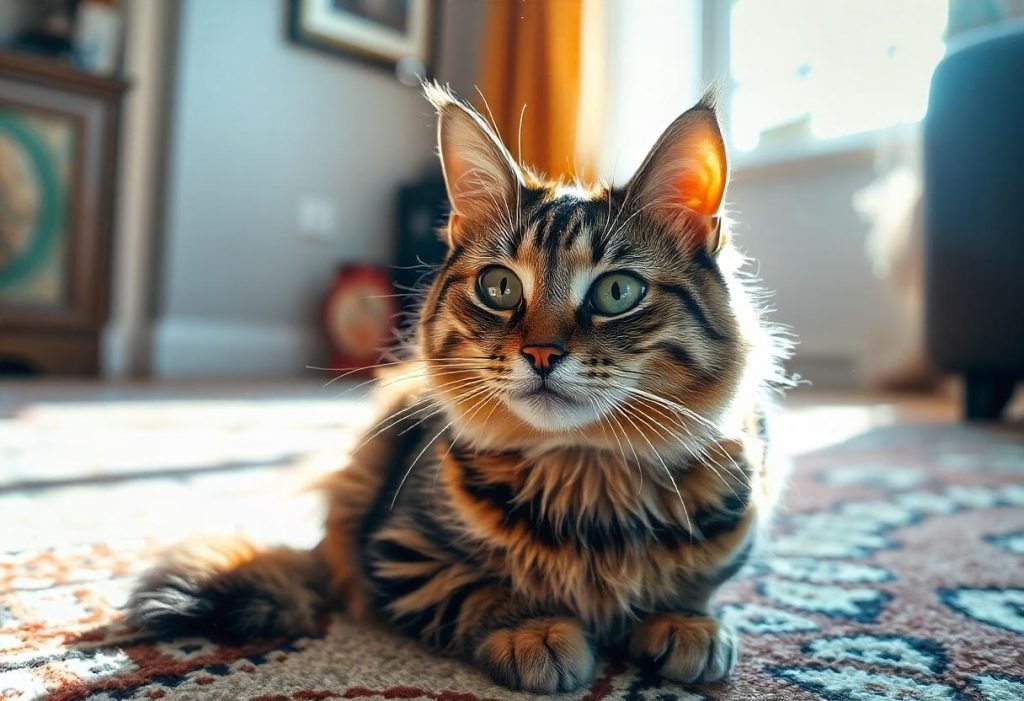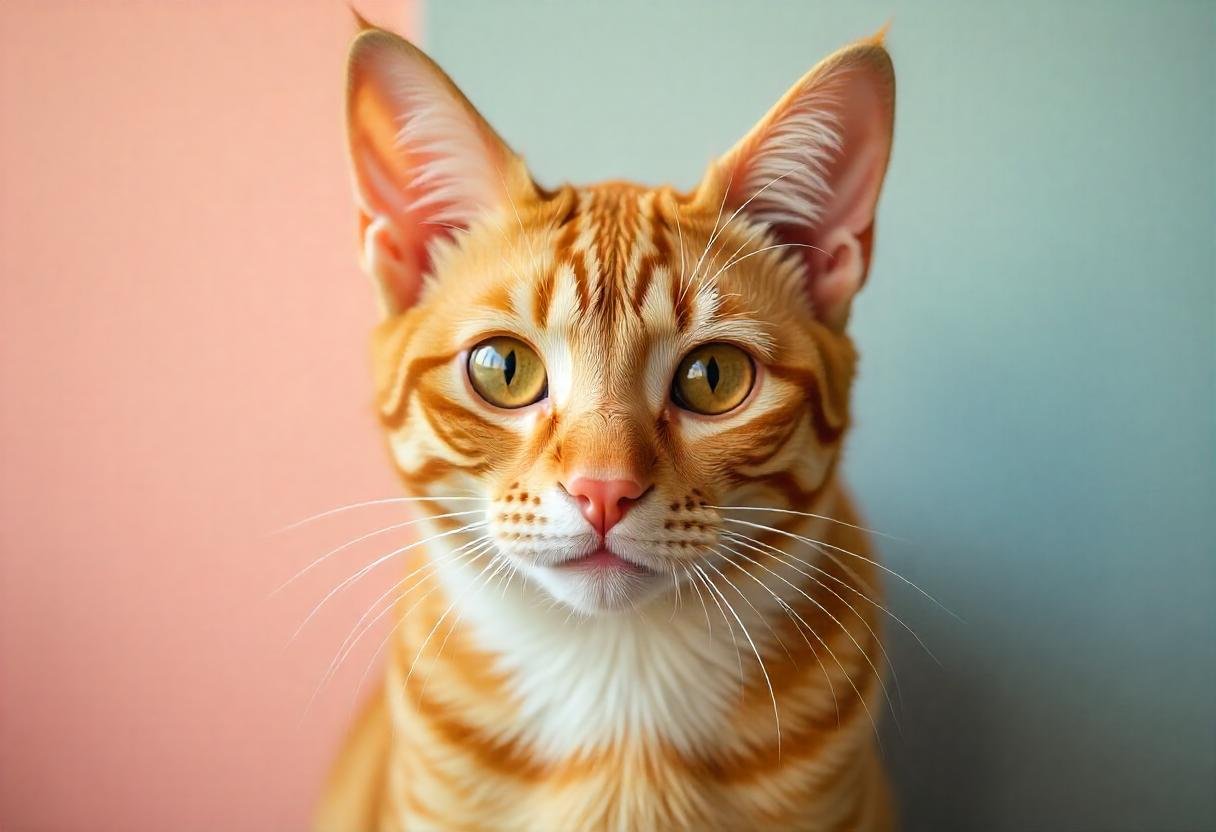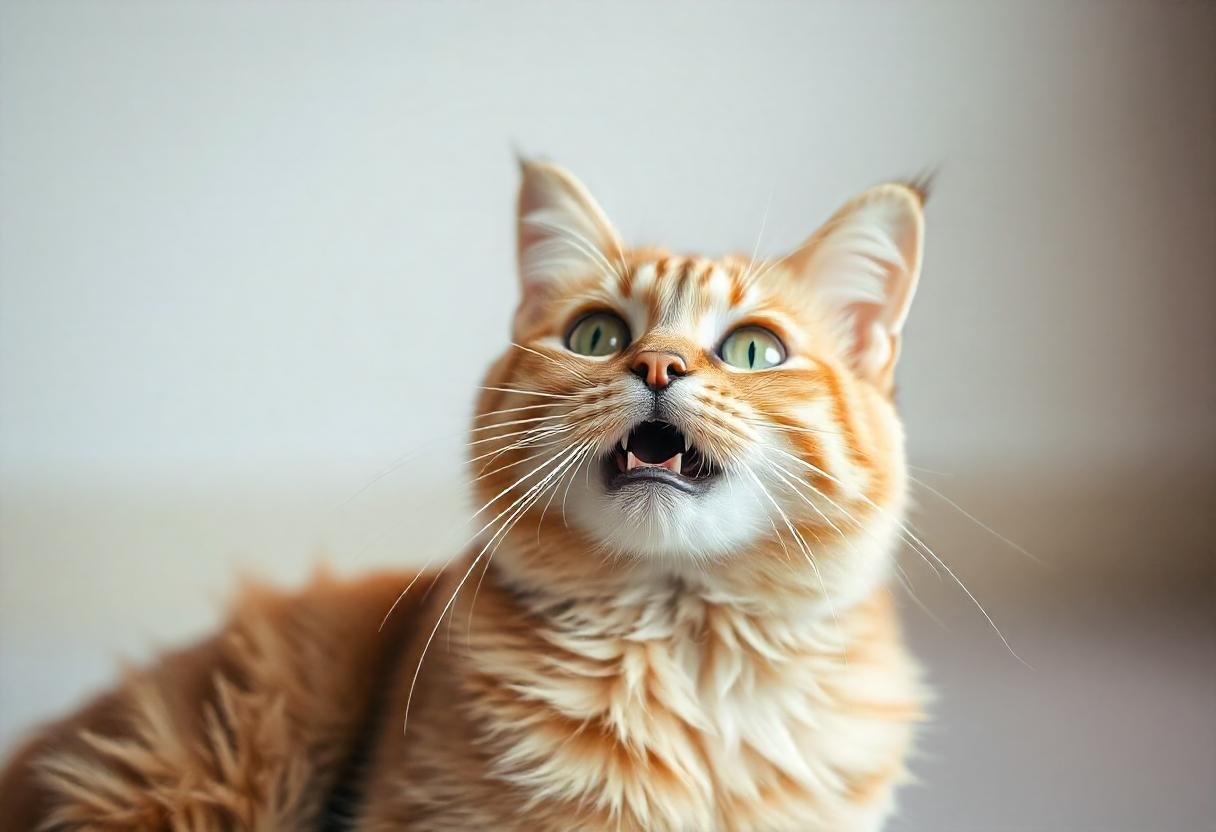It’s a sight that sends shivers down any cat owner’s spine: your furry friend, once sleek and content, suddenly scratching furiously, leaving behind patches of matted fur and irritated skin.
The sight of your cat itching and scratching can be a distressing experience, and it’s natural to worry about what’s causing their discomfort.
This article delves into the world of feline itching and scratching, exploring the diverse range of causes, offering insights into their potential impact, and guiding you towards effective solutions regarding why is my cat itching and scratching?.
We’ll break down complex medical jargon into easy-to-understand language, using real-life case studies to illustrate the journey towards a happy, itch-free kitty.
The Itch Factor: Exploring the Root of the Problem
Imagine the relentless sensation of an itch, but amplified tenfold. This is the reality for a cat experiencing intense itching.
It can be a constant torment, driving them to scratch, lick, and even bite themselves, causing significant discomfort and potential skin damage.
1. Skin Allergies: The Hidden Triggers
Just like humans, cats can suffer from allergies, which can manifest as itchy skin. These allergies are often triggered by:
- Fleas: Tiny, parasitic insects that feast on your cat’s blood, leaving behind an itchy bite that sets off an allergic reaction.
- Food: Certain ingredients in cat food, like grains, dairy products, or even meat proteins, can trigger allergic responses.
- Environmental allergens: Pollen, dust mites, mold, and even certain fabrics can irritate a sensitive cat’s skin.
Case Study: Bella’s Persistent Itch
Bella, a 3-year-old Siamese, was constantly scratching. Her fur was thinning, and her skin was red and irritated.
After ruling out fleas, her veterinarian diagnosed a food allergy.
Switching to a hypoallergenic diet made all the difference, bringing Bella’s itching under control.

2. Parasites: The Uninvited Guests
Parasites, ranging from microscopic mites to larger fleas and ticks, can be the culprits behind your cat’s itching.
Their presence can cause irritation, inflammation, and even secondary infections.
- Mites: Tiny creatures that burrow into the skin, causing intense itching, hair loss, and skin lesions.
- Fleas: While fleas are notorious for their bites, they also trigger allergies in susceptible cats.
- Ringworm: A fungal infection that causes circular patches of hair loss and scaly skin.
Case Study: Max’s Mysterious Skin Problem
Max, a 5-year-old Maine Coon, developed itchy patches on his back.
The vet diagnosed a mite infestation called “Demodex” and treated Max with a topical medication. After a few weeks, Max’s skin cleared up, and his incessant scratching subsided.
3. Skin Infections: The Bacterial and Fungal Threat
Bacteria and fungi can also invade the skin, leading to inflammation, itching, and discomfort.
- Bacterial skin infections: Often appear as red, inflamed, and oozing areas on the skin.
- Fungal infections: Can cause hair loss, scaling, and crusting, often presenting in a circular pattern.
Case Study: Lily’s Fungal Nightmare
Lily, a 1-year-old Persian, was constantly scratching her ears and rubbing her face on furniture.
The vet identified a yeast infection in her ears, treated with antifungal medication. Within a few weeks, Lily’s ear infections cleared up, and her scratching stopped.
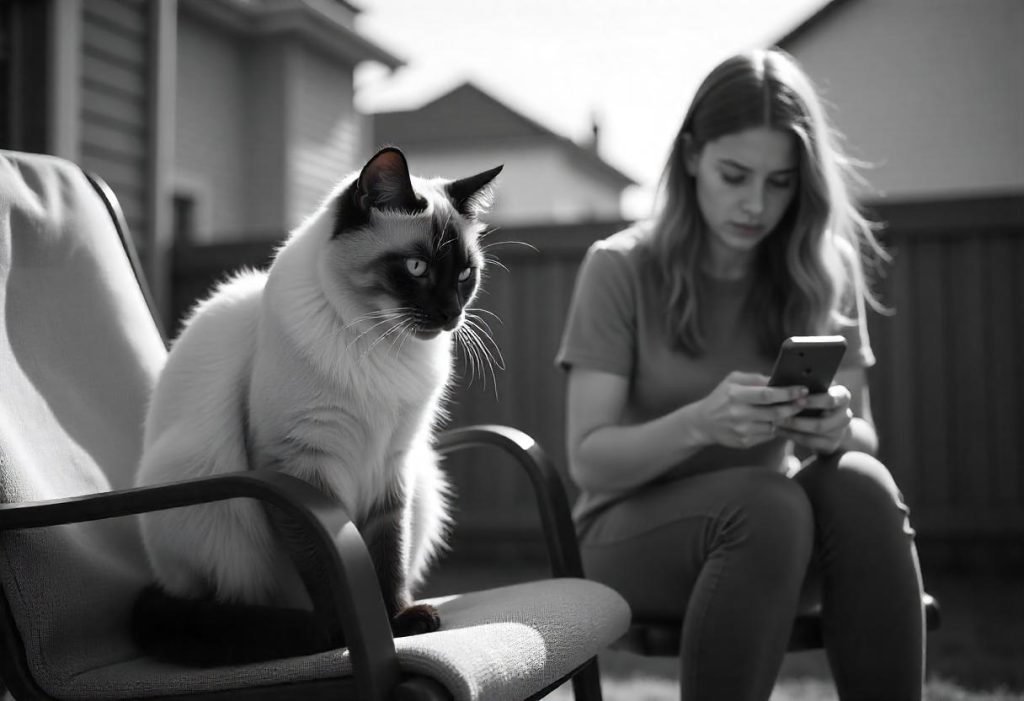
4. Hormonal Imbalances: The Unsuspecting Cause
While less common, hormonal imbalances, particularly in older cats, can contribute to itchy skin.
- Hyperthyroidism: An overactive thyroid can cause excessive grooming, leading to skin irritation and hair loss.
- Cushing’s disease: A condition where the adrenal glands produce excess hormones can manifest as skin problems and increased susceptibility to infections.
Case Study: Oliver’s Unexpected Itch
Oliver, a 12-year-old tabby, started scratching excessively and losing patches of fur. Blood work revealed hyperthyroidism.
Treatment with medication helped regulate his hormone levels, and his skin issues gradually resolved.
5. Psychological Factors: The Itch-Scratch Cycle
In some cases, itching can be a manifestation of anxiety, stress, or boredom. This can lead to obsessive grooming, creating a vicious cycle of itch-scratch-itch.
Case Study: Charlie’s Stressful Itch
Charlie, a 7-year-old tabby, was constantly licking and scratching his paws.
His owner discovered that Charlie’s scratching intensified during periods of stress, like when his owner was away on business trips.
Decoding Your Cat’s Itch: Identifying the Culprit
To effectively address your cat’s itching, understanding the underlying cause is crucial.
A thorough examination by your veterinarian is the first step in unraveling the mystery behind your cat’s discomfort.
1. The Physical Examination: A Visual Inspection
Your veterinarian will conduct a physical examination, checking for:
- Skin lesions: Rashes, scabs, redness, and hair loss.
- Ear infections: Inflammation, redness, and discharge in the ears.
- Parasites: Fleas, ticks, or signs of mite infestations.
2. Laboratory Tests: Unveiling the Hidden Clues
- Skin scrapings and fungal cultures: To identify parasites and fungal infections.
- Blood tests: To rule out underlying conditions like hyperthyroidism and Cushing’s disease.
- Allergy testing: To pinpoint specific food or environmental allergens.
3. Home Observation: The Power of Observation
Keeping a detailed diary of your cat’s scratching patterns, noting:
- When: Specific times of day, or after specific activities.
- Where: Specific areas of the body.
- What: The type of scratching (intense, persistent, etc.).
Tackling the Itch: A Comprehensive Approach
Addressing your cat’s itching often requires a multi-faceted approach, combining medication, lifestyle changes, and environmental modifications.
1. Medication: Relieving Symptoms and Targeting the Root Cause
- Antihistamines: To block allergic reactions and reduce itching.
- Antibiotics: To treat bacterial skin infections.
- Antifungal medications: To treat fungal infections.
- Parasite treatments: To eliminate fleas, ticks, and mites.
- Corticosteroids: To reduce inflammation and itching, but may not address the underlying cause.
2. Lifestyle Changes: A Holistic Approach
- Diet: Switching to a hypoallergenic diet can effectively manage food allergies.
- Regular grooming: Brushing your cat’s fur helps remove loose hair, reduce mats, and improve skin health.
- Stress management: Providing enrichment activities, like toys, cat trees, and scratching posts, can reduce stress and alleviate anxiety-related scratching.
3. Environmental Modifications: Creating a Safe and Itch-Free Environment
- Flea control: Regularly using flea treatments like topical spot-ons, oral medications, and sprays can prevent infestations.
- Allergen control: Dust mites, mold, and pollen can be minimized by using HEPA air filters, regular cleaning, and damp mopping.
- Washing bedding: Washing your cat’s bedding in hot water regularly can reduce allergens.
Preventing the Itch: A Proactive Approach
While itching is a common concern, prevention is key. By adopting these proactive measures, you can minimize the risk of your feline companion experiencing itchy discomfort:
- Regular vet checkups: Yearly checkups help identify early signs of skin problems.
- Flea control: Maintain a regular flea prevention program.
- Dietary awareness: Consider switching to a hypoallergenic diet or gradually introducing new food sources to minimize the risk of food allergies.
- Stress management: Provide ample playtime, scratching posts, and other enrichment activities to keep your cat mentally stimulated and prevent boredom-induced scratching.
- Environmental cleanliness: Maintain a clean home environment to minimize exposure to allergens.
Conclusion: A Journey Towards a Happy, Itch-Free Cat
Witnessing your cat itch and scratch can be heartbreaking. Remember, addressing your cat’s itching effectively requires patience, observation, and a collaborative approach with your veterinarian.
By understanding the diverse causes, implementing appropriate treatments, and adopting preventive measures, you can help your furry friend live a happy, healthy, and itch-free life.
Note: This article is for informational purposes only and should not be substituted for professional veterinary advice. Always consult with your veterinarian for a proper diagnosis and treatment plan for your cat’s specific needs.
